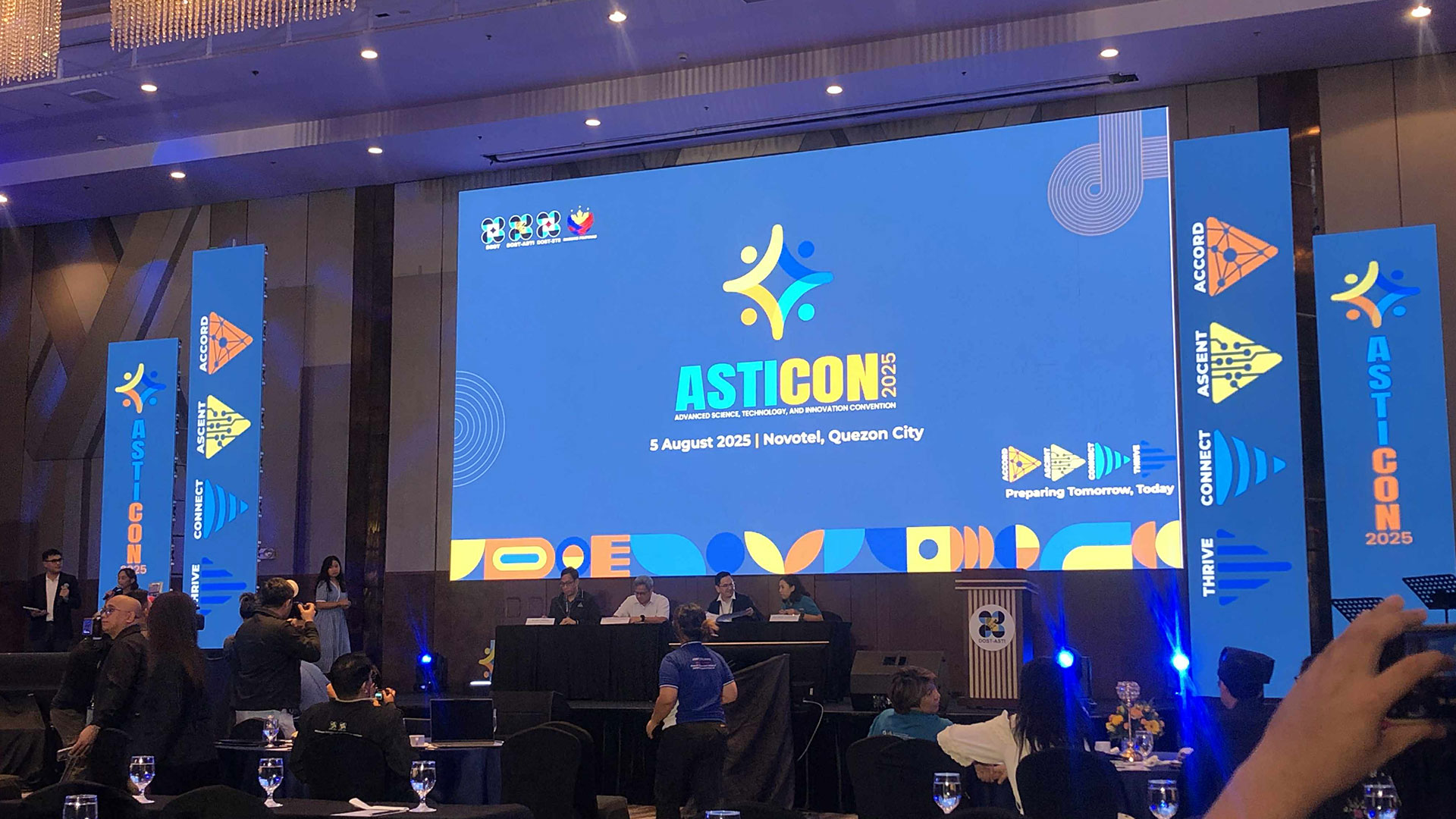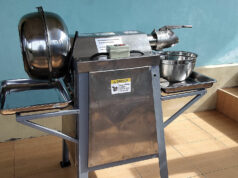DOST bets on AI tech for improved weather forecast, healthcare, farming


The Department of Science and Technology (DOST) on Tuesday showcased its ongoing artificial intelligence (AI) development projects aimed at improving the lives of Filipinos, particularly in the areas of disaster preparedness, health, and agriculture.
During the 2nd Advanced Science, Technology, and Innovation Convention (ASTICon), DOST Secretary Renato U. Solidum Jr. commended the agency’s Advanced Science and Technology Institute (DOST-ASTI) for its various flagship AI projects in recent years.
Among the developments are AI-equipped weather prediction systems, AI rovers for agriculture, and AI-powered cervical cancer screening.
“From 2022 to 2025, DOST-ASTI has delivered flagship projects that powerfully demonstrate our research and innovation’s concern for the public good,” Mr. Solidum said.
“These efforts reflect a deliberate strategy to build technologies that not only push scientific boundaries but also solve real-world challenges,” he added.
Among the pool of ongoing AI projects is the AI-powered Weather Forecasting for a Resilient Philippines (AI-4RP), a project in partnership with DOST and US-based AI meteorology company Atmo Inc., which started in 2023.
DOST Undersecretary for Research and Development Leah J. Buendia told reporters on the sidelines that the AI-4RP is still in the process of data input, which allows it to provide with accurate weather predictions covering up to 14 days.
“For example, if you’re flying two weeks from now, you just use that AI platform and you’ll know the probability of rain, of a storm, or if the temperature will be high,” Ms. Buendia said in a mix of English and Tagalog, adding that the agency also aim to make the platform accessible to the public.
Meanwhile, AI-4RP’s technical project III officer, Kent Roger C. Truita, told BusinessWorld that the improved potential 14-day forecast coverage would allow better disaster management compared to the five-day forecast under the current numerical weather prediction model.
“Its advantage is that it’s not compute-intensive. Once you have the model, you can input the data and it will output a forecast for 15 days,” Mr. Truita said in both mixed English and Tagalog.
“Another thing is that it generates predictions quickly—let’s say, in less than 15 minutes, a forecast is already available,” he added.
AI-4RP is now being reviewed by the state weather bureau to check its accuracy, Mr. Truita said. He added that the project shows great potential and could be fully implemented next year if it performs as well as the current forecasting model.
Other AI initiatives
Apart from AI-enabled weather forecasting, Ms. Buendia said that an AI-integrated system for pre-cervical cancer screening has also been developed.
The project, called the Cerv.ai Project, was launched in January in partnership with the advocacy group CerviQ (End Cervical Cancer Philippines Organization, Inc.) and DOST-ASTI.
“With AI, it becomes even easier to detect cases early, making them easier to treat. I think it’s just a matter of feeding in more data to make the early warning system for cervical cancer more precise,” Ms. Buendia said.
She added that the Cerv.ai is expected to be fully accessed by Filipina women before the end of President Ferdinand R. Marcos Jr.’s term.
For agriculture, an AI-powered unmanned ground vehicle (UGV) called the Robot for Optimized and Autonomous Mission-Enhancement Responses (ROAMER) has also been developed.
Equipped with AI capabilities, the ROAMER can track, survey, and map banana farms, enabling precise pesticide application and helping reduce pest damage in plantations.
A memorandum of agreement was also signed during the event between DOST-CARAGA Region, the local government of Quezon City, and the advocacy group End of Cervical Cancer Philippines Inc.
Ms. Buendia said the MOA aims to formalize the joint effort of these stakeholders towards the country’s AI development, with more partners seeking to join. – Edg Adrian A. Eva



